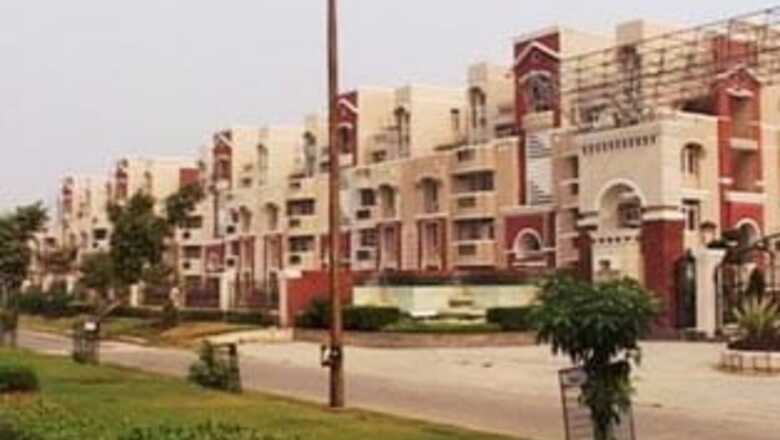
views
I had taken a home renovation loan last year for Rs 12.75 lakh at a floating rate of 9.25 per cent (It is 10.75 per cent now), and I pay an Equated Monthly Installment (EMI) of Rs 14,656.
The property is in my father's name. However, he's only a co-borrower for the loan since he is above 60 years of age and was not eligible for the loan. I am paying the EMI, and I would like to know if I can claim any tax benefits on it?
-- Dr Nipun Chopra
Since you are paying the EMI it may seem natural for you to claim tax benefits; but the income tax law says you need to own the property in order to claim the benefits. This means you will not get tax benefits unless you have the ownership in the property.
Solution - part ownership of the property!
Instead of entire ownership, if your father decides to share the ownership of his property with you then this scenario could change. If he does that, you would be eligible for tax rebates. The repayment of principal and interest amount will fetch you tax benefit under Section 80C and Section 24 respectively. These tax deductions are capped at Rs 1 lakh for the principal repaid and Rs 1.5 lakh for the interest repaid.
Registration:
In order to avail the tax benefits, your father has to make you the co-owner of his property. He would need to transfer the rights of co-ownership to you in accordance with the regulations of the Transfer of Property Act. He can transfer the ownership by registering the property documents at the Registrar's Office through the Sub-Registrar.
Note: The certificate/documentation work should be processed from the respective Taluk office of the district where your property is located.
At the time of registration of documents, an application form duly signed by you and your father for sharing the property ownership needs to be furnished. The form will then be processed at the respective Sub-Registrar's office and sent across to the Thasildhar of the relevant Taluk for updating the changes in the Taluk Registry.
PAGE_BREAK
Stamp duty and legal documentation
For transferring the property in your name, you will have to incur some costs. This includes stamp duty and registration charges, which is payable to the government. This ensures that the documents which are a proof of your co ownership of the property is legally valid. Stamp duty needs to be paid for every document prepared for any right, title, interest or liability is created or transferred.
The amount of stamp duty is dependent on the appraised market value of the property. The process that determines the amount of stamp duty is based on property value evaluation determined by the Stamp Duty authorities, which is termed as 'Adjudication'.
Stamp Duty charges also vary from state to state and is left to the discretion of the state government. There is a state to state wide variation in stamp duty rates across the country. It is imperative to pay stamp duty to have a legal claim to the property. If it is not paid, then the document cannot be registered and hence cannot be considered legal and valid. This means it will not pass in court as a proof for ownership of the property, which could pose problems when any kind of conflict arises in the future.
Tax benefits once all the transfer is done
Let's assume, Nipun has obtained part ownership of the property. He has been paying EMI of Rs 14,656 (calculated at an interest rate of 9.25 per cent for a loan amount of Rs 12.75 lakh ), so at the end of the first year of the loan, he would have repaid a principal amount of Rs 60,454 and an interest of Rs 1.15 lakh. The table below captures the repayment structure.
Outstanding amount(approx.)
1
14,656
9,828
4,828
12,75,000
2
14,656
9,791
4,865
12,70,000
3
14,656
9,753
4,903
12,65,000
4
14,656
9,716
4,940
12,60,000
5
14,656
9,678
4,978
12,55,000
6
14,656
9,639
5,017
12,50,000
7
14,656
9,600
5,056
12,45,000
8
14,656
9,562
5,094
12,40,000
9
14,656
9,522
5,134
12,35,000
10
14,656
9,483
5,173
12,30,000
11
14,656
9,443
5,213
12,25,000
12
14,656
9,403
5,253
12,19,000
Total
115,418
60,454




















Comments
0 comment